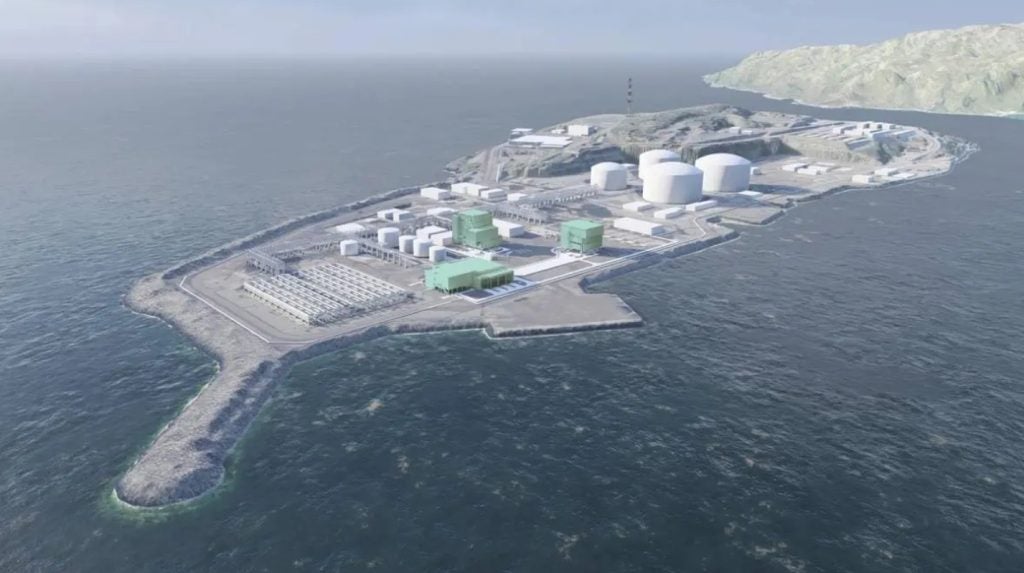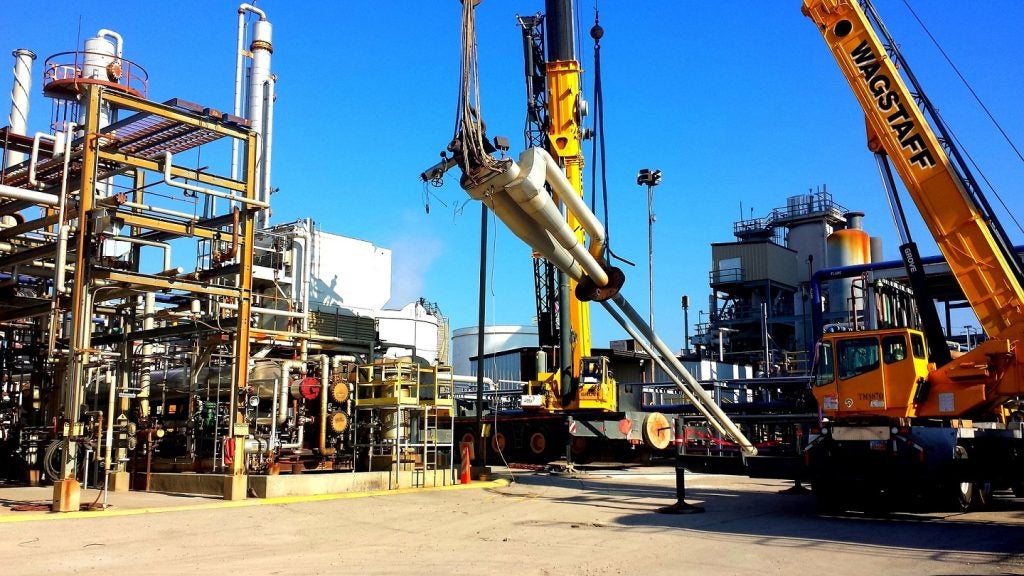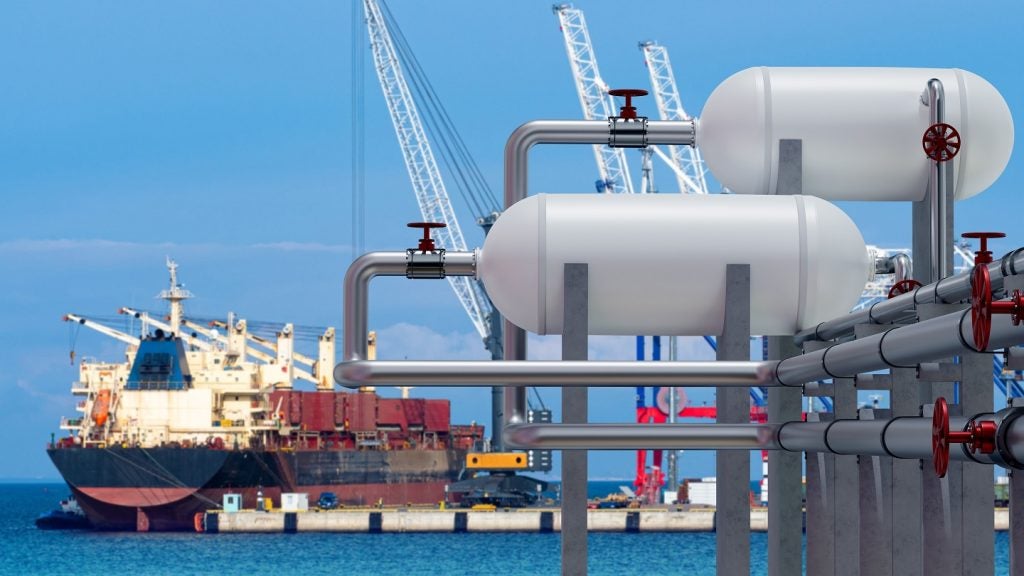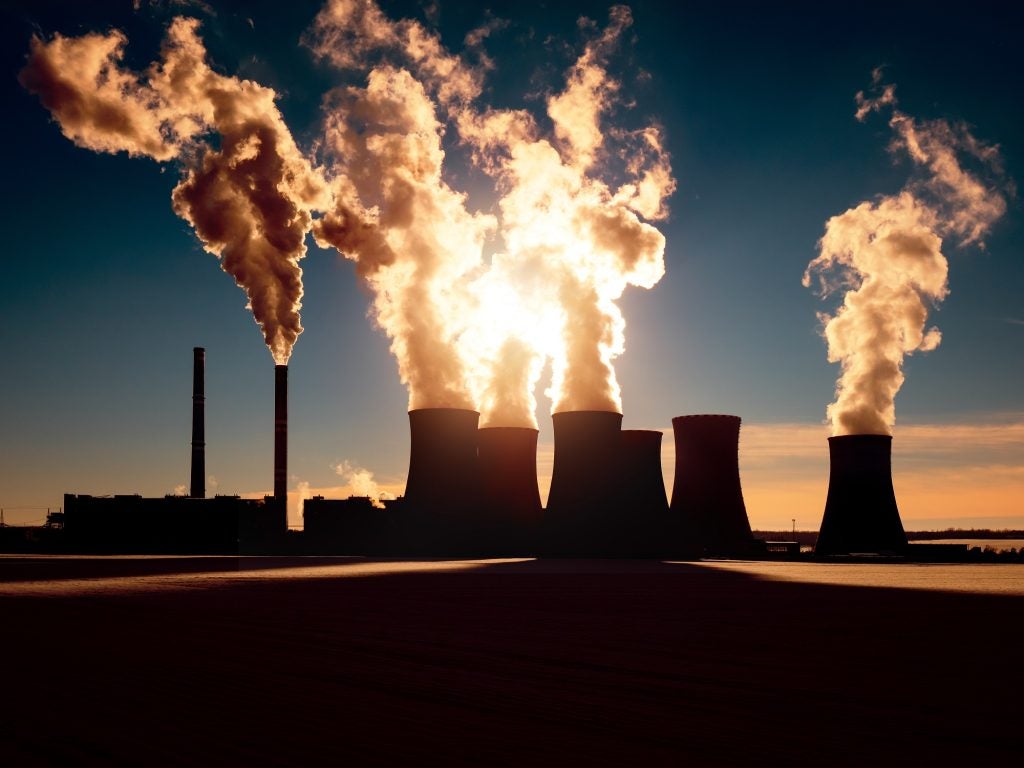Saudi Aramco has reported a net income of $30.08bn (SR112.8bn) in the second quarter of 2023, a 37.9% decline compared with the same period last year.
Despite the decrease in global crude oil prices, the oil and gas giant, which is backed by the Saudi Government, attributed its profits to low-cost upstream production and strategically integrated downstream operations.
Aramco said a base dividend of $19.5bn for the first quarter was paid during the April-June quarter, and the second-quarter dividend of $19.5bn will be paid in the third quarter.
The company plans to pay out around $9.9bn as a performance-linked dividend.
In the second quarter, Aramco produced 13.5 million barrels of oil equivalent per day of total hydrocarbons.
As part of efforts to increase capacity, upstream oil and gas developments at Marjan, Berri, Dammam and Zuluf are on track, the company said.
Aramco president & CEO Amin Nasser said: “For our shareholders, we intend to start distributing our first performance-linked dividend in the third quarter. At Aramco, our mid-to-long-term view remains unchanged.
“We are maintaining the largest capital spending programme in our history, with the aim of increasing our oil and gas production capacity and expanding our downstream business, with petrochemicals projects, such as our $11bn expansion of the SATORP refinery with TotalEnergies, essential to meet future demand.”
Separately, the Financial Times reported that Aramco has indicated plans to invest further in China.
This year, Aramco plans to spend between $45bn and $55bn to boost domestic oil and gas production and diversify downstream activities overseas.
















